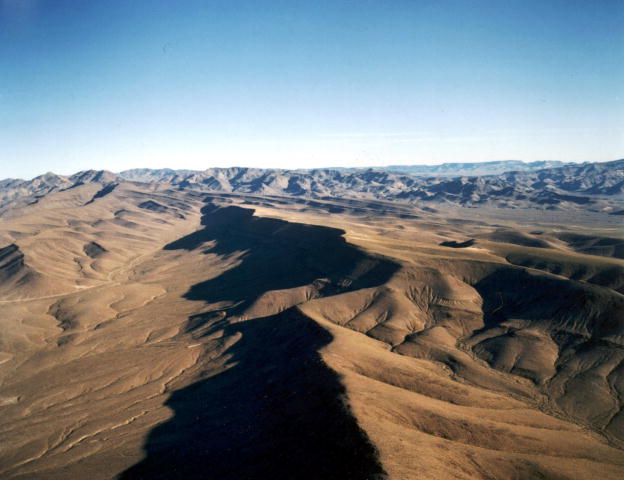The Federal Government has paved the way for Australia to sell Uranium to Russia.

An agreement was signed in 2007 by the Howard government but it is yet to be ratified.
In 2008 a Labor-dominated parliamentary inquiry recommended the deal be scrapped unless eight stringent conditions were met, including the resumption of inspections of Russian nuclear facilities by the global watchdog, the International Atomic Energy Agency (IAEA), and that Russia separate its civilian and military nuclear programs.
The Government has now decided the treaty contains "appropriate safeguards" for Australian uranium to be used in Russia's civil nuclear sector and says it will make a final decision on ratifying the agreement in due course.
That has angered the Australian Conservation Foundation's David Noonan, a nuclear free campaigner. He says under no circumstances should Australia seal the deal.
"This is the Howard-Putin nuclear deal from 2007, before the last federal election," he said.
"We had expected federal Labor to honour their policy and election commitments to strengthen, rather than to weaken, nuclear safeguards.
"They're looking to breach the strong conditions and recommendations of this federal parliamentary inquiry not to proceed with proposed uranium sales to Russia."
The Government says the agreement would ensure any uranium supplied could only be used for peaceful purposes and that it has to be subject to Russia's safeguards agreement with the IAEA. In addition, it could only be used in facilities jointly agreed to by Australia and Russia.
But Mr Noonan is doubtful.
"We believe that on the evidence presented to the federal parliamentary inquiry, Australian uranium would simply disappear off the safeguards radar on arrival in Russia," he said.
"This treaty allows Australian uranium to be used for facilities that are not covered by the International Atomic Energy Agency.
"It provides specifically for the substitution of Australian uranium for uranium from other countries and that they would then ignore essentially where our own uranium would go."
There is currently no obligation on Russia to accept safeguards under the IAEA rules.
Instead they have voluntary safeguard agreements with the IAEA and they ratified the Comprehensive Nuclear Test Ban Treaty a decade ago.
But Mr Noonan says the parliamentary inquiry recommended there should be a complete separation of the military from the civilian nuclear sector in Russia and that there should be independent verification of that separation.
He says that has not happened.
"The inquiry also recommended that there should be evidence that Russia was finally providing proper nuclear security on both visile material and on radioactive waste," he said.
"There is a long history of failure to provide security material in Russia."
______________________________
UPDATE ON OUTCOME
Coalition says selling Uranium to Russia, but not India, Hypocritical
Friday, 19/03/2010
The decision to sell uranium to Russia has been welcomed by the Federal Opposition, which started the process in 2007 when it was in power.
However, Federal Liberal Member for Kalgoorlie, Barry Hasse, says it's further evidence that India should be considered as a suitable market for our yellowcake.
Mr Hasse says the safeguards promised by Russia are exactly the same as those India plans to put in place.
"We're very happy that a trade relationship for minerals is developing with Russia and we felt the same about India, but when the Labor government came in, they wouldn't contemplate selling uranium to India," he says.
"There is very little difference (between the two countries) in fact, although India is not a signatory to the nuclear non-proliferation treaty .
"But there's very little difference in the cheques and balances in place in a practical way."
However, Mr Hasse says supplying Russia with uranium is positive not only for Australia's growing uranium industry, but for the reduction of global greenhouse gas emissions.

 Australian Uranium News - Research
Australian Uranium News - Research


 $41.25 [
$41.25 [

